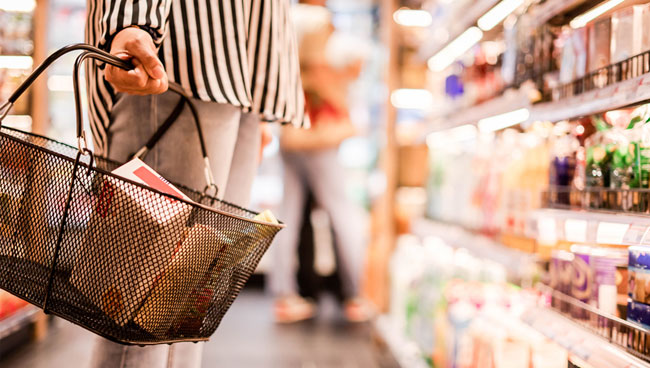Wendy Liebmann of WSL Strategic Retail predicted consumers will also cut spending and seek to trade down.
By Jean E. Palmieri // WWD, April 9, 2020
Consumer behavior will change dramatically when the coronavirus crisis is finally resolved. That will include a lasting dependence on online shopping and a marked trend toward trading down.
In a webinar on Thursday titled “How America Shops in a COVID-19 Crisis,” Wendy Liebmann, WSL Strategic Retail’s chief executive officer and chief shopper, drew parallels to other life-altering events Americans have survived over the past two decades. That includes the 9/11 terrorist attacks, natural disasters, global recessions and the financial crash of 2008.
“When confidence recovers — and it will — and when unemployment recedes — which it will — shoppers will return to stores, but their buying habits will be different,” she said.
Looking ahead to 2021, she said consumers will be more cautious and prudent and will seek out brands with shared values as they also look to enhance their savings. That will translate into them trading down and pulling back on spending overall, she said.
“When confidence recovers — and it will — and when unemployment recedes — which it will — shoppers will return to stores, but their buying habits will be different…”
Looking at the past as an indicator, Liebmann said that in 2008, 73 percent of consumers stocked up only when something was on sale, 63 percent decided to wait for sales before buying, and 59 percent made the decision to trade down to less-expensive brands. Liebmann expects similar behavior patterns to emerge now.
In a recent consumer survey, Liebmann said 51 percent of Americans are already cutting back on buying, 33 percent are avoiding stores and web sites they view as tempting, and 51 percent are asking whether their purchases are actually a smart use of their money.
But what’s different this time around is that omnichannel shopping is now for everyone. Some 56 percent of consumers have now purchased groceries or healthcare items online, and half of them had never used that channel for those purchases in the past. That’s up 5 percent from just two weeks ago, she said.
That holds true for beauty products as well, Liebmann said. Some 43 percent of women have now purchased beauty items online, up 13 percent from last year, and for 28 percent of them, this is the first time they’ve bought that category online.
“Once people begin to shop online, they don’t walk away from it,” she said, predicting that three-quarters of consumers will continue to shop for groceries, health and beauty products that way in the future.
The big winners for all these high-demand products is Amazon, with 66 percent of Americans saying they’ve ordered from the company in the last month. For Walmart, that number is 44 percent and for Target, it’s 27 percent. “That sets them up to gain market share,” she said. “This has been a saving grace for retailers in this time.”
These companies will also benefit from the trend toward trading down since they tend to sell lower-priced merchandise.
Other consumer behaviors that will be important after the crisis passes are some that had begun to emerge even before people were quarantined: a focus on health and well-being, sustainability and lowering stress levels, she said.
In conclusion, Liebmann laid out five strategies for companies to survive and thrive in the future. First, show shoppers that you feel their pain since everyone is in this crisis together. Next, embrace your best customers and create a community where they feel camaraderie. Even if they’re going to be trading down, make sure there’s something in your brand that appeals to this newfound frugality. Fourth, even though physical spaces will continue to be important, omnichannel shopping will become even more essential as online options become more popular. And last, embrace wellness and health and seek to protect customers as much as possible.
Article source here.


